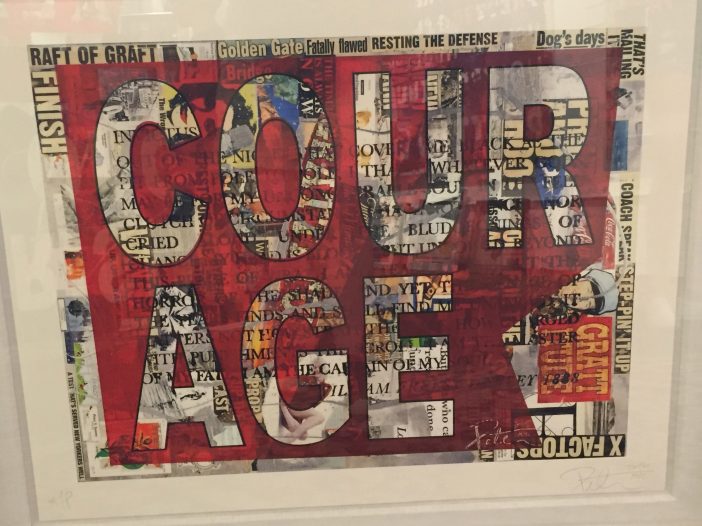
This post is written for leaders who should and need to be thinking about succession planning. This is a reminder of what not to do.
This is a twist on the book How to Win Friends and Influence People by Dale Carnegie. Since my passion is helping people and organizations get from where they are to where they want to be, I talk to coaching clients and to workshop participants about what’s next after one’s main career. I also integrate how to transfer knowledge as people leave so that institutional memory is not lost. Life experience is valuable. And if you don’t think so, I would ask: Would you really want to be a teenager again?
If you did not see the 2002 film About Schmidt with Jack Nicholson as Warren Schmidt, I would find it on Netflix. There are several classic scenes, but I am thinking about one in particular. Warren retires as a higher mid-level manager after decades with the company. His replacement is about 30 years old and recently out of an MBA program with little work experience. Warren returns to the office, stops in to say hello to his replacement, and offers to answer questions or to be a resource. The young manager says to Warren something such as, “Thanks. But I think we are doing just fine here. If something comes up, I will call you.” And you know from his tone that he never will. Then Warren sees all of his boxes of historical records and files all boxed up and set out to be put in the dumpster.
Lately I have been hearing stories from people who have “retired” or moved on from their main career and these stories have a strong theme. People leaving do not feel valued and knowledge is walking out the door. For example, one client spent more than 40 years in his industry as the executive director. He was well respected in his field. Similar to the situation with Warren, his replacement has not asked any questions or has not had a conversation with him. He told me any system or process that had his fingerprints on it is already gone. Again, this is a lost opportunity, lost knowledge, and wasted effort if the systems and processes were working efficiently and people liked it.
A similar story was shared with me by a friend who was CFO at a university. She was highly regarded, with a long tenure, and played an influential role in the success of the institution at a critical time. She was planning to share all kinds of information about how the system works and her replacement was not interested. Shortly after she left, her former colleagues informed her how everything that worked well was being undone and it was unsettling. It is not surprising that her successor did not succeed.
Another person told me that she will be “retiring” or moving on this year and she holds a high level position. As she is transitioning out, she could and would help her successor. But similar to Warren and my other client, no one is asking. When leaders don’t know what they are missing, they continue to lose friends and alienate people.
Several years ago in one of the presidential searches for the college, one candidate in a round table discussion said, “My motto is preserve the best and improve the rest.” I love that motto because he was going to keep systems and processes that were working and improve the ones that were not working. This is common sense and it tends to preserve the parts of the culture people like since they are working. While we did not end up hiring this person as president, I think his motto is a good one.
Yet, too many leaders make change to make change and this is not an efficient use of time and energy. It also disrupts the culture and often decreases morale. My main conclusion is that it is the ego taking over causing these people to be insecure, defensive, and irrational. Since they feel they have to make their own mark on the organization, they undo, eliminate, or change systems that are working. Common sense is not that common when it comes to leadership. Leaders need to wise up and RISE ABOVE the dark side of the ego.
If you don’t want to lose friends and alienate people, think about preserving the best and improving the rest. Seek out the wise Sages in your organization and find ways to transfer and protect their knowledge. Don’t lose knowledge by letting it walk out the door. Most of the time, organizations invest and develop people and we should want to capture that investment. When we do so, we are making people feel valued and appreciated. Long time employees who leave organizations can be the best ambassadors spreading positive goodwill with other employees, customers, and donors if we treat them as the wise Sages many of them they are. Parker Palmer would say to rise above by “casting more light than darkness on people in the workplace.”
Does any part of this blog post resonate with you? Which part?
How does your organization treat people as they are leaving?
Is your organization capturing and transferring knowledge or is it letting knowledge walk out the door?
How do you treat people as they are leaving?
How are you seeking out the wisdom of others and learning from their life and work experience?

